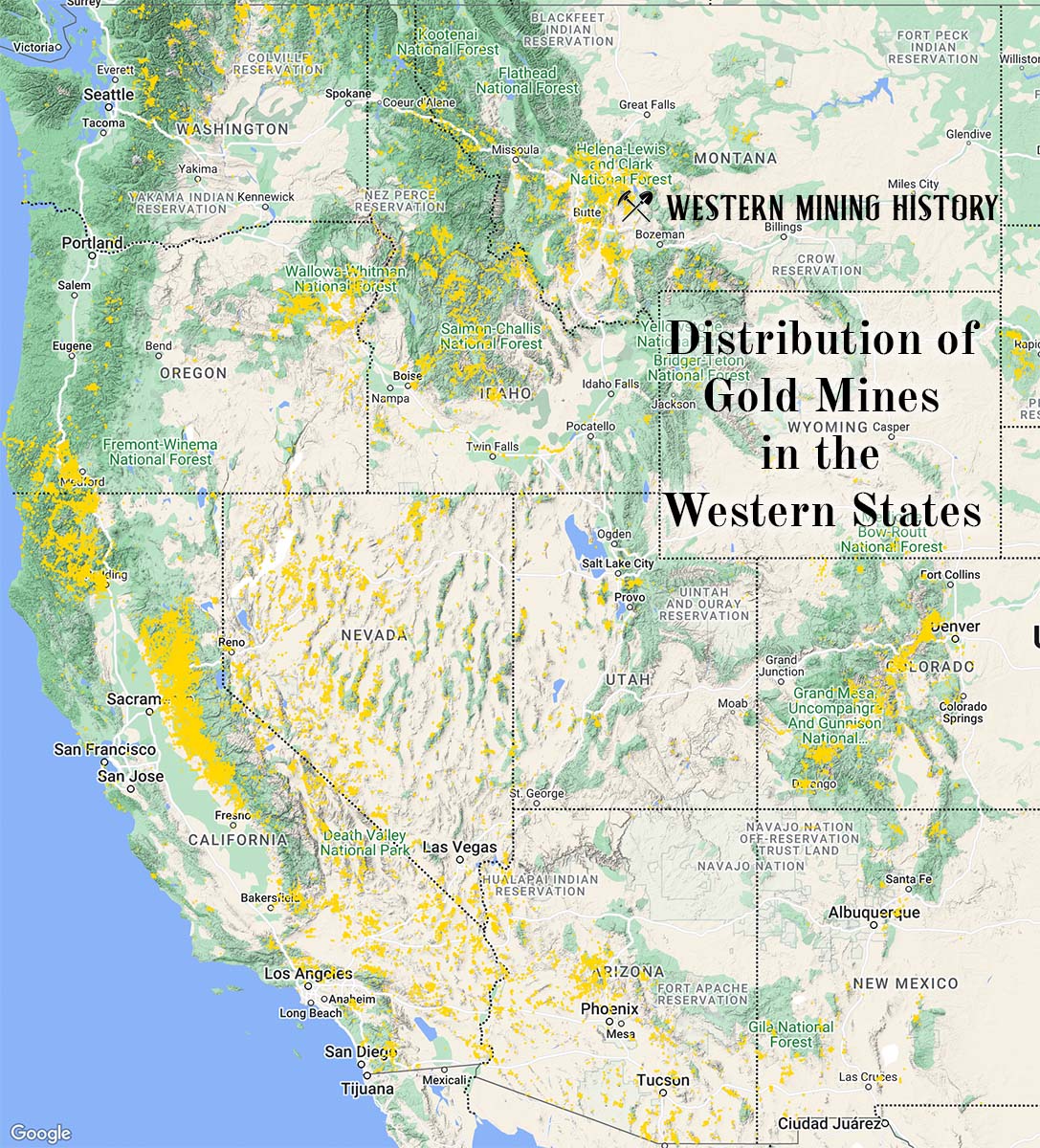The Ankle Creek is a silver and gold mine located in Alaska.
About the MRDS Data:
All mine locations were obtained from the USGS Mineral Resources Data System. The locations and other information in this database have not been verified for accuracy. It should be assumed that all mines are on private property.
Mine Info
Ankle Creek MRDS details
Site Name
Primary: Ankle Creek
Commodity
Primary: Silver
Primary: Gold
Secondary: Zinc
Secondary: Mercury
Secondary: Lead
Secondary: Arsenic
Secondary: Copper
Location
State: Alaska
District: Alaska Peninsula
Land Status
Not available
Holdings
Not available
Workings
Not available
Ownership
Not available
Production
Not available
Deposit
Record Type: Site
Operation Category: Prospect
Operation Type: Unknown
Years of Production:
Organization:
Significant:
Physiography
Not available
Mineral Deposit Model
Not available
Orebody
Not available
Structure
Not available
Alterations
Alteration Type: L
Alteration Text: Andesite host rocks are propylitically altered.
Rocks
Not available
Analytical Data
Not available
Materials
Ore: Pyrite
Ore: Gold
Gangue: Quartz
Comments
Comment (Reference): Primary Reference = Trujillo and others, 1981
Comment (Workings): Workings / Exploration = During the period 1979 to 1981 Resource Associates of Alaska mapped and sampled the prospect, conducted a magnetic survey, cut two trenches, and drilled three core holes (Trujillo and others, 1981). Float samples assayed as much as 0.30 ounce of gold per ton, whereas the best in-place metal values were from a 12-foot-long trench sample that assayed 0.014 ounce of gold per ton.
Comment (Deposit): Model Name = Epithermal gold vein
Comment (Deposit): Other Comments = This prospect is located on land patented by, or interim-conveyed to, the Aleut Corporation.
Comment (Geology): Geologic Description = The Ankle Creek quartz vein is parallel to the Surprise vein (PM089), and crops out approximately 200 feet to the southeast. It is as much as 50 feet in width and has been exposed for 130 feet on strike. Based on float, air photo lineaments, and ground magnetics, the Ankle Creek vein has been traced for approximately 1,200 feet to the northeast where it intersects the Amethyst vein (PM092) (Peterson and others, 1982, figure 11). The vein is hosted in andesite flows which belong to the late Eocene to early Oligocene Popof volcanic rocks (Wilson and others, 1995). The flows exhibit propylitic alteration near the vein. Pyrite apparently is widespread. Two trenches have been cut across the vein at its southwest end. Float samples of vein material assayed as much as 0.30 ounce of gold and 0.60 ounce of silver per ton (Trujillo and others, 1981). The best trench sample assayed 0.014 ounce of gold and 0.03 ounce of silver per ton over 12 feet. This includes a 5-foot interval grading 0.048 ounce of gold and 0.03 ounce of silver per ton. Assays from the other trench were 0.003 ounce of gold and 0.02 ounce of silver per ton over 7 feet, and 0.005 ounce of gold and 0.04 ounce of silver per ton over 3 feet. The assays also show varying amounts of copper, lead, zinc, and mercury. Three holes were drilled to intersect the vein at depth. Apparently only one hole (AQANK-2) was successful. Where intersected, the vein had narrowed to 8 feet and was almost entirely devoid of gold (Trujillo and others, 1981).
Comment (Geology): Age = Eocene or younger.
Comment (Exploration): Status = Inactive
References
Reference (Deposit): Trujillo, R.S., Anderson, G., MacLeod, T., Hendrick, K., Farnham, S., Peterson, J., 1981. Exploration and evaluation of the Unga-Popof-Korovan Islands portion of lands leased from Aleut Native Corporation: Resource Associates of Alaska report, 70 p., 38 map sheets, various scales. (Report held by the Aleut Corporation, Anchorage, Alaska.)
Reference (Deposit): Wilson, F.H., Detterman, R.L., Miller, J. W., and Case, J.E., 1995, Geologic map of the Port Moller, Stepovak Bay, and Simeonof Island quadrangles, Alaska: U.S. Geological Survey Miscellaneous Investigation Series Map I-2272, 1 map sheet, scale 1:250,000.
Reference (Deposit): Peterson, R.J., Lemmers, J., Handverger, P., Gallagher, J., Pilcher, R., East, J., Macleod, T., Bartels. E., 1982, Geology and precious metals potential Unga, Popof, and Korovin Islands, Shumagin Group, Aleutian Chain, Alaska: UNC Teton Exploration Drilling Company report, 127 p., 5 map sheets, various scales. (Report held by the Aleut Corporation, Anchorage, Alaska.)
Reference (Deposit): Anderson, G.L., Butherus, D.L., Fankhauser, R.E., Pray, J.C., Lindberg, P.A., and Hoffman, B.L., 1980, Exploration and evaluation of lands leased from Aleut Native Corporation 1980; Resource Associates of Alaska Report, 84 p, 16 map sheets, various scales. (Report held by the Aleut Corporation, Anchorage, Alaska.)
The Top Ten Gold Producing States

These ten states contributed the most to the gold production that built the West from 1848 through the 1930s. The Top Ten Gold Producing States.